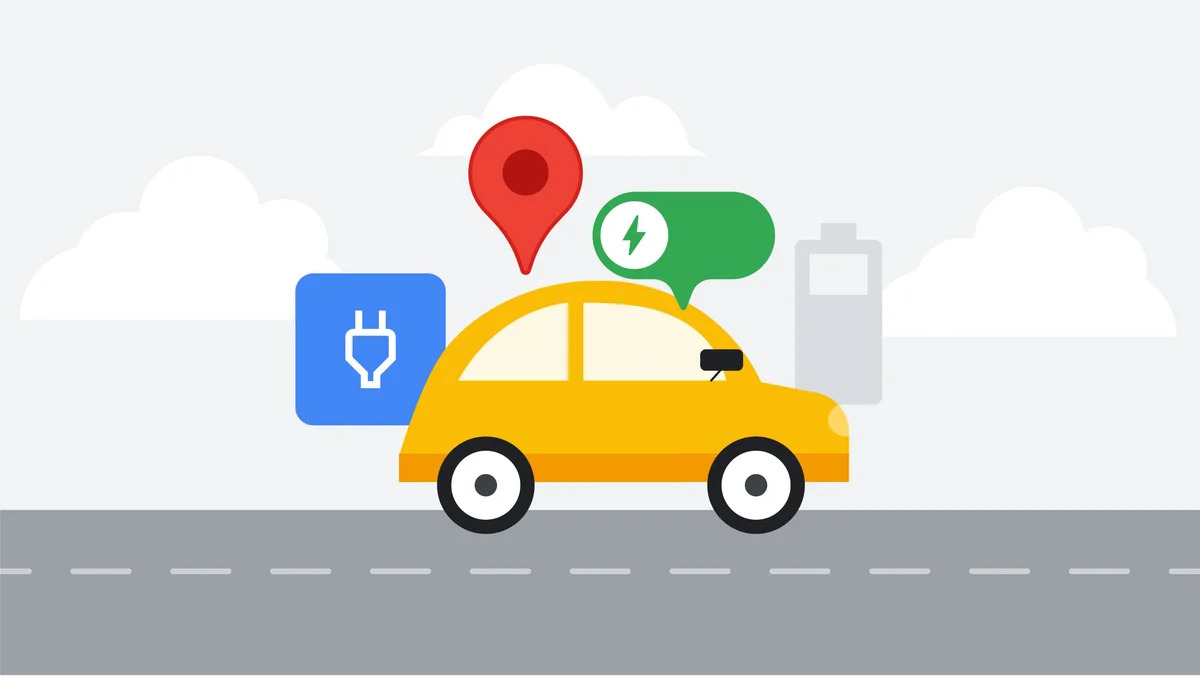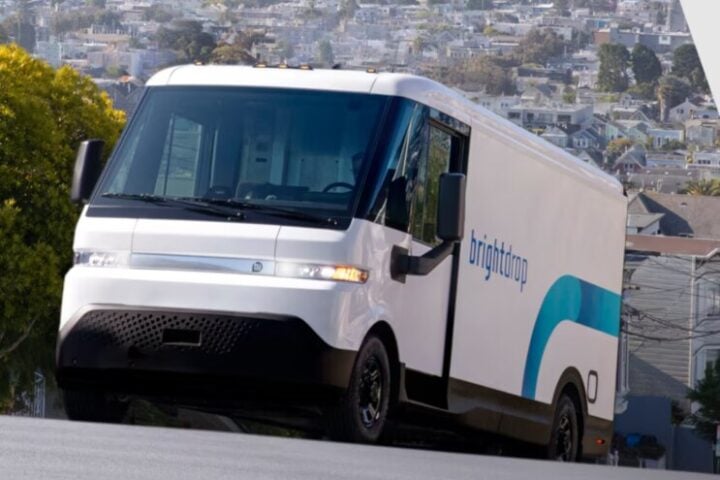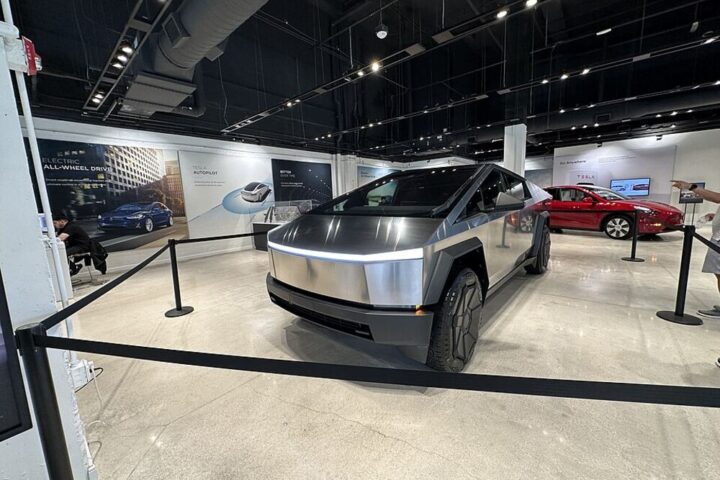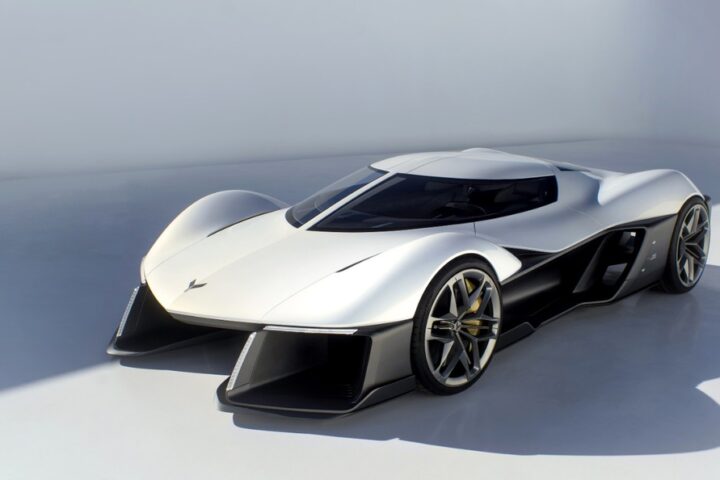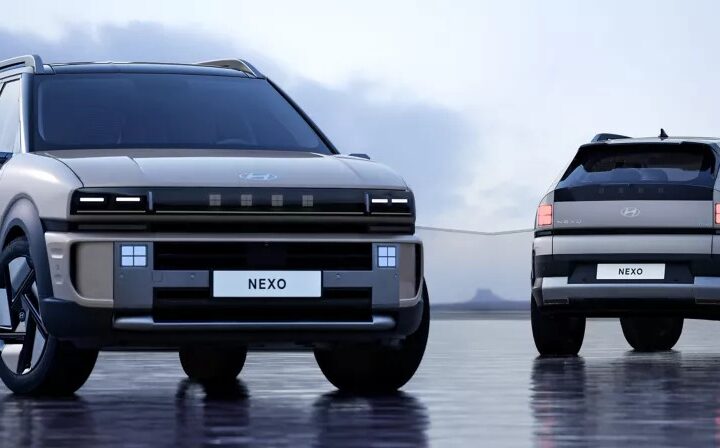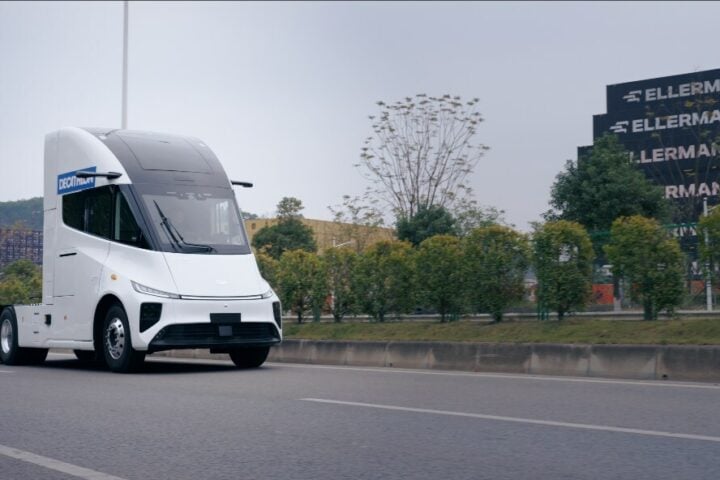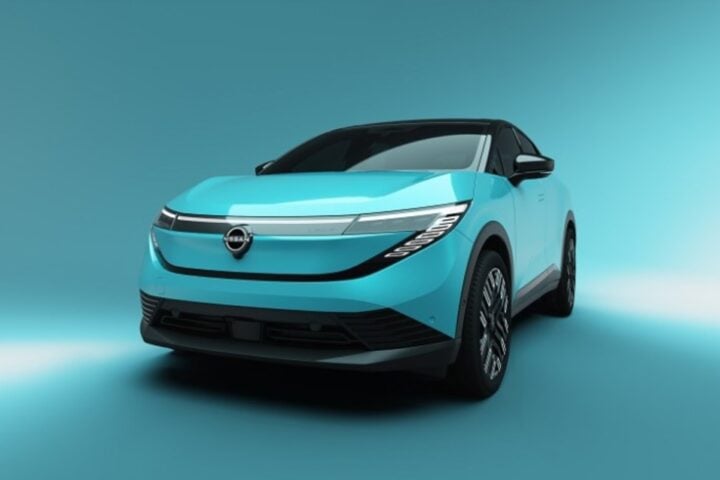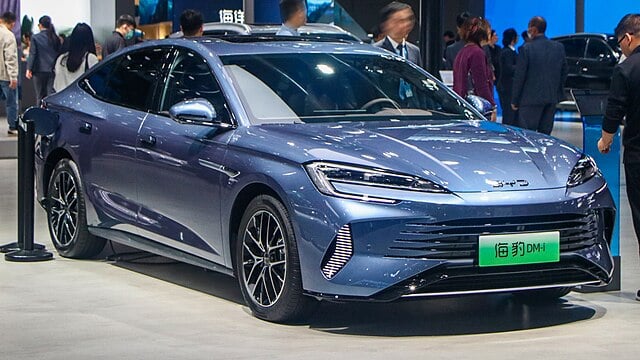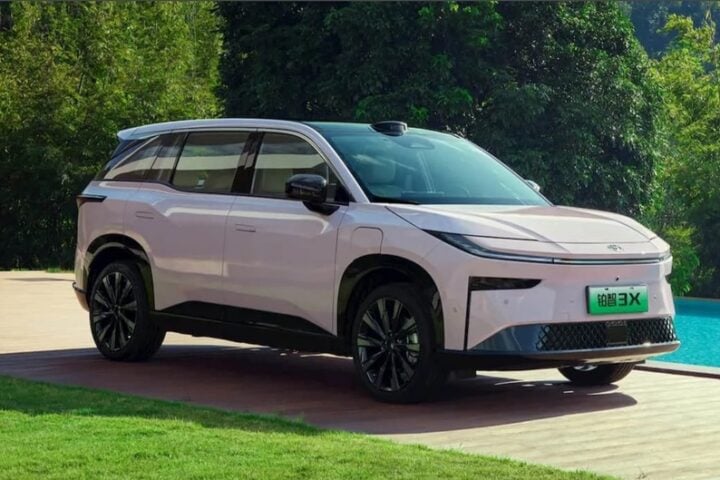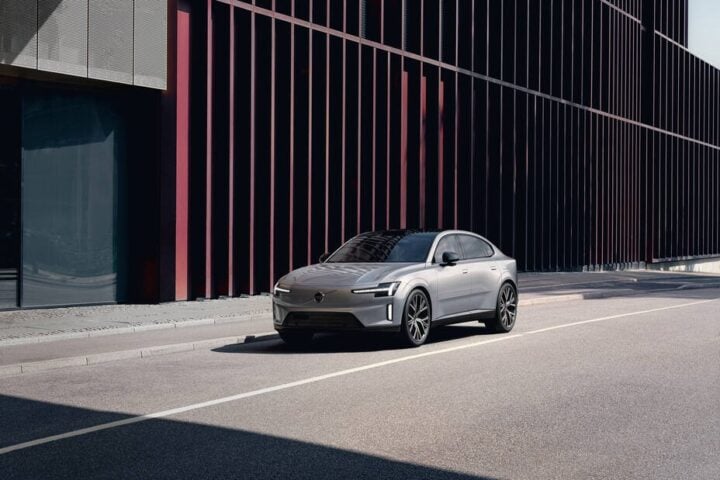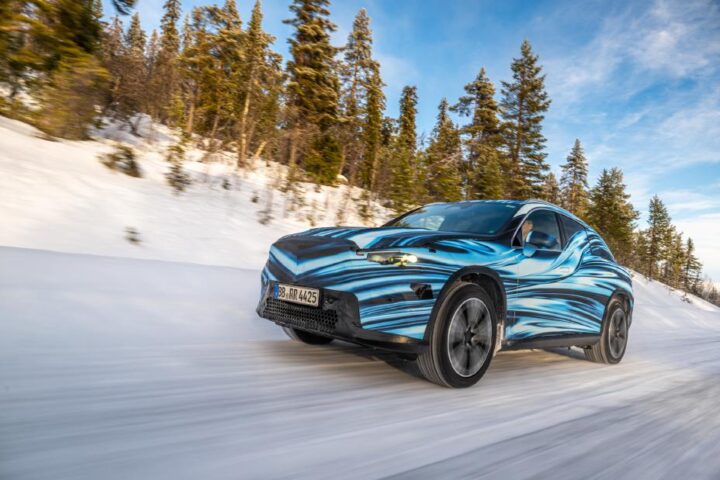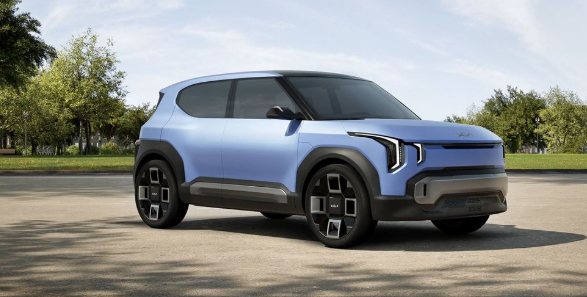Google Maps for Android will soon make it easier to plan longer trips with an electric vehicle by displaying charging stations along the route. In 2021, as Android Automotive was just getting started, the Google Maps app for the vehicle took on the ability to plan ahead where to stop and charge during a longer drive. This made sense for Android Automotive, which was initially (albeit coincidentally) available only for electric vehicles.
Electric vehicle users need to plan their journeys a bit more elaborately than those with combustion engine vehicles. While there seems to be a gas station on nearly every corner, the situation with fast charging stations for electric cars is quite different. Any trip over 250 kilometers requires planning charging stops—at least for most fully electric vehicles. Route planning taking into account necessary charging stops For this purpose, there are already apps, most notably A Better Route Planner (ABRP), which, however, requires a fee if you want to use it fully. A similar feature will soon be available on Google Maps to ease ev users travel plans, as announced by the company in a blog post.
Google promises to automatically factor in necessary charging stops based on battery level during trips. These stops will be planned along the route so that you don’t have to waste time searching for charging stations. The Google Maps app on Android phones currently does not offer the ability to plan a route with charging stations, although last year Maps added a feature to specify the engine type of the vehicle to find the most eco-friendly route.
Route planning for electric vehicles is expected to become easier in Google Maps with version 11.65 of Google Maps, there are new indications that automatic route planning based on charging stations for electric cars is being integrated into the mobile Android app.
Similar Post
You need to activate this new navigation feature News Bookmark article Additionally, charging stations will soon be displayed on Maps with much more information. Google writes: “To spare users the scavenger hunt when looking for charging stations, we will show AI-generated summaries in Google Maps that better describe the specific location of charging stations and rely on useful information from reviews.”
More detailed information about charging stations For example, as you approach a charging station, a detailed description like “Drive into the underground garage and follow the signs to the exit. Turn right just before the exit.” will be displayed. This information is based on the plethora of reviews published on Google Maps every day.
Until Google Maps is ready, we recommend ideal alternatives. Among the best route planners for electric cars currently is Going Electric. The website is heavily community-driven, diligently trying to document new, broken, and installed charging points. It does so well that the aforementioned apps Chargeprice and Ladefuchs also access Going Electric.
Maps will soon prompt you to rate charging stations and share additional details about your experience, such as which type of connector you used and how long you waited. Maps also supports you in finding charging stations by simply displaying them on the map along with information like real-time availability of the charging point and charging speed.
Planning routes with multiple stops Particularly useful: Maps will also support routes with multiple stops and accordingly display suggestions for charging stops. Travelers might be interested to know that they can find a new filter for electric vehicles on google.com/travel, which helps find hotels that offer a charging station on site.
There are two caveats. Firstly, these features will be rolled out “in the coming months.” Secondly, they will initially only be available for cars with integrated Google Apps and Services.
Getting from point A to point B is even simpler and more spontaneous with apps like “A Better Route Planner” (ABRP) for Apple and Android smartphones and as a web app. It functions like route planning with Google Maps or Apple Maps, but automatically plans charging stops based on battery level, battery health, and factors like outside temperature, topography, a trailer, or a roof box to calculate the most sensible electric vehicle route, even with multiple stops. ABRP operates in the car via Apple CarPlay, Android Auto, and the large screen in Tesla navigation.
Simpler and more elegant is PUMP, however, the app developers themselves charge for basic functions like adding stops—4.99 euros per month or 49.99 euros for an annual license. Those who do not want to subscribe can still see the occupancy of charging stations in the free version of PUMP. The app can even notify you on demand when a specific station is occupied or becomes available.
The app is available for iPhones—the Android version of Pump offered on well-known websites has nothing to do with the developers of the original. We advise against installing such unofficial apps—they could contain malware.
